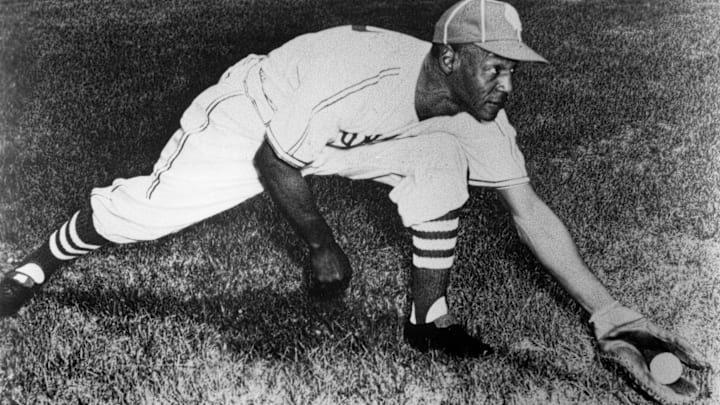Home runs are of minor concern
Statcast data reveals Kauffman Stadium historically limits home runs to 75-80 per season. This is a substantially low number when compared to league leader Great American Ballpark in Cincinnati, which averages 125-130 per season.
There has been a recent trend among big league teams to pursue three true outcomes for hitters at the plate — that is, players who strike out, walk, or hit homers. These players will strike out more but also walk more. The argument is that getting on base is more important than getting a hit.
However, given that Kauffman Stadium offers as much as a 50-home run advantage over other ballparks, this is a factor the Royals can exploit in their pitching development and defensive strategy.
On the mound, we know Kauffman Stadium provides some protection from one of the three true outcomes — home runs. Because of this, the Royals do not need to be as concerned about giving up the long ball. This affords them the unique opportunity to take three true outcome players out of their game plan by locating pitches in the zone. The Royals can focus on location, and inducing bad contact, as opposed to attempting to strike batters out.
For example, when Brad Keller broke in with the Royals in 2018, much of his success was attributable to his 54.4% GB rate. Wouldn't it be great if every Kansas City pitcher could induce groundballs at a +50% rate?
Those groundballs are pretty hard to defend with gloves in the field though. Let's look at how defenders factor into the power alleys.
